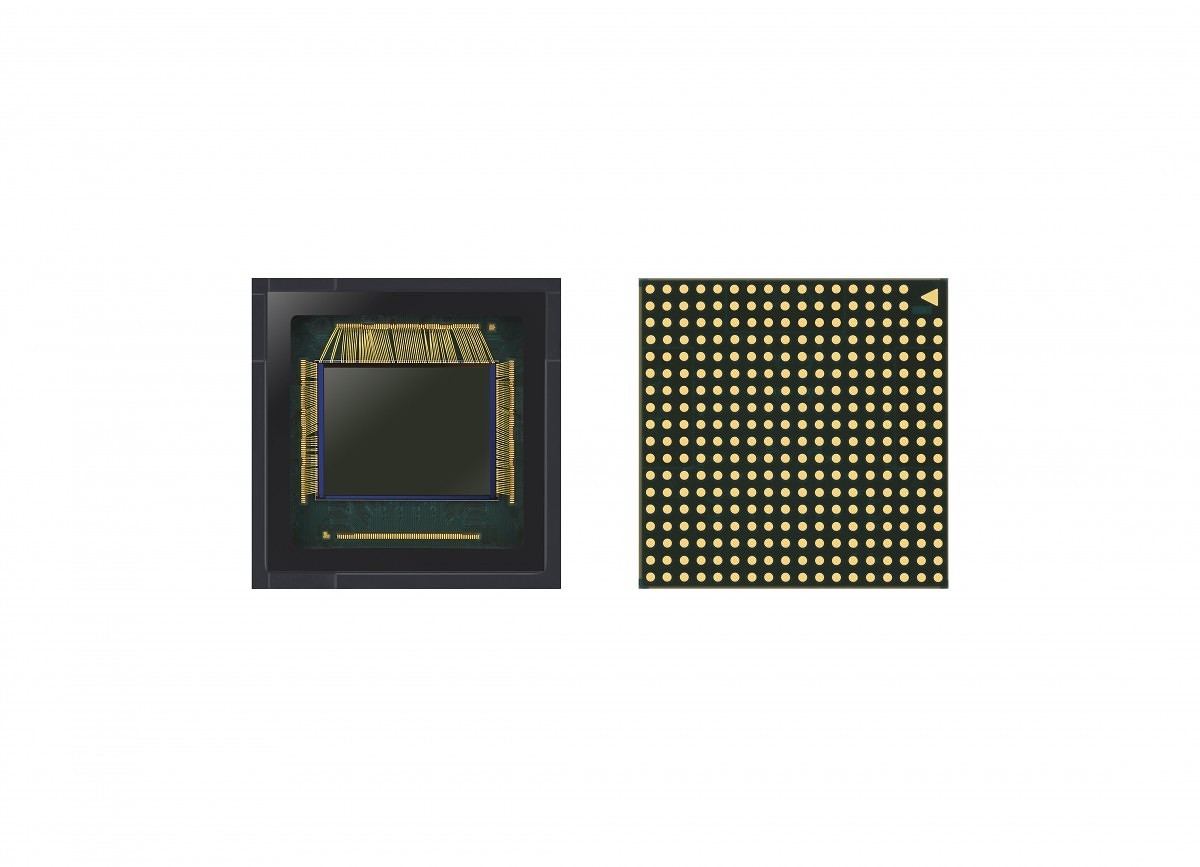Samsung reveals 50MP sensor with big promises!
The GN1 has 100 million PDAF agents. Samsung’s Dual Pixel technology places two photodiodes side-by-side within a single pixel that can receive light from different angles for phase detection.
When capturing an image, a single-pixel output is created by combining the outputs of the two photodiodes in the pixel. Samsung also provides a software algorithm that obtains light information from each photodiode to produce an image resolution comparable to 100MP.
Due to its relatively large pixel size, GN1 takes the performance of the image sensor to a new level. It combines high sensitivity to stellar low-light photos with DSLR-level autofocus speed. Samsung to offer “high-performance image sensors that closely cater to increasingly diversifying market needs”.
Dual Pixel, on the other hand, means each pixel has two photodiodes, which allows them all to be used for focusing, much like the sensors from before the ultra high resolution binned imagers took over.

Features of Isocell GN1?
- Samsung says the GN1 also offers dual-pixel autofocus and has a software algorithm capable of churning out 100MP snaps (using light data from each photo-diode).
- Presumably, you’re better off with a 108MP camera if you want 100MP+ images, but we’ll have to wait and see.
- Smart ISO tech, real-time HDR, gyro-based image stabilization, 8K/30fps recording, and 400fps video at 1080p without autofocus (240fps with autofocus).
- This is a new 50MP image sensor with large pixels of 1.2 μm. ISOCELL GN1 is Samsung’s first image sensor that provides both dual-pixel and Tetracell technology.
- Real-time HDR (capable of capturing multiple exposure scenes simultaneously), and gyro-based electronic image stabilization (EIS) to take clear images.
- Samsung has also provided Smart-ISO, real-time HDR, and EIS to the ISOCELL GN1, and the sensor supports 8K at 30fps video recording.
- The new camera sensor offers a 1/1.31-inch sensor size and 1.2-micron pixels as opposed to 0.8-micron pixels seen in Samsung’s other high-resolution sensors.
This alone should mean better low-light performance, as bigger pixels are able to gather more light. According to Yongin Park, executive VP of the sensor business at Samsung, the ISOCELL GN1 is another way of Samsung is also leveraging that and providing an algorithm that can take the information from each photodiode on its own to pull out 100MP photos. Samsung GN1 has started mass production this month, so we’ll likely see this camera sensor land in major phones in the second half of 2020.






